7 Easiest Grains to Grow in Farms
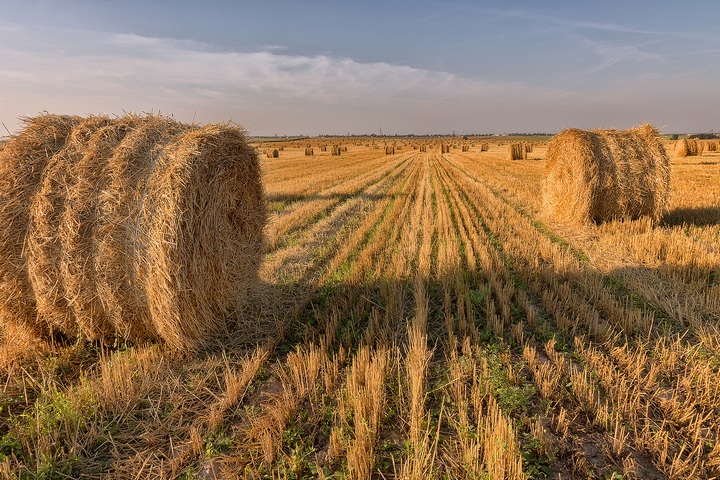
There are many reasons you might want to start growing grains on your farm. Some types of grains can be perfect for feeding your poultry or for producing straw bedding or mulch. Plus, growing grains in rotation with other crops is a wonderful way to let your fields rest.
You might also simply want to enjoy the experience of harvesting your grains and baking your bread. Best of all, you could even sell your harvests along with your fresh produce.
However, not all grains are created. Some are much easier to grow in farms than others. Here are seven of the easiest grains to grow in farms:
1. Wheat grains
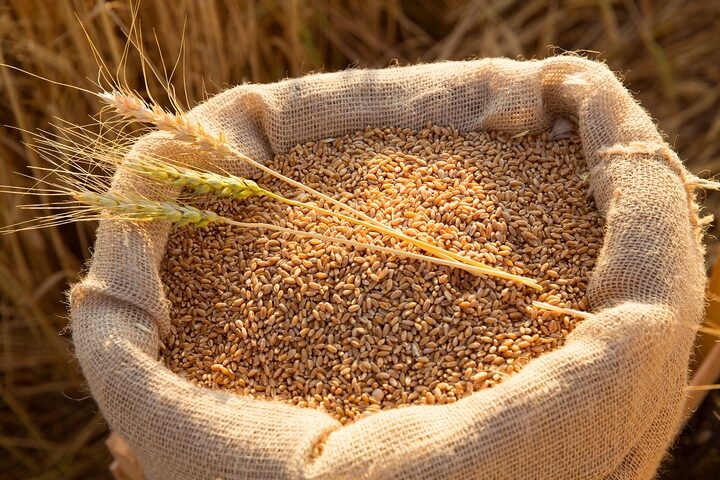
Wheat is one of the easiest grains to grow on farms. Did you know there were two types of wheat? Soft wheat doesn’t have any gluten, and its flour is mostly used for baking cakes and biscuits. As for flour made from red wheat, the more common type, it is perfect for baking bread.
Wheat is easy to grow on a farm, as long as you first research which type of wheat will grow well in your area. Seeds can either be planted in the spring or before the winter comes.
Spring wheat seeds should be planted around 1 inch deep, while winter wheat seeds should be planted about 1 inch deeper.
2. Corn grains
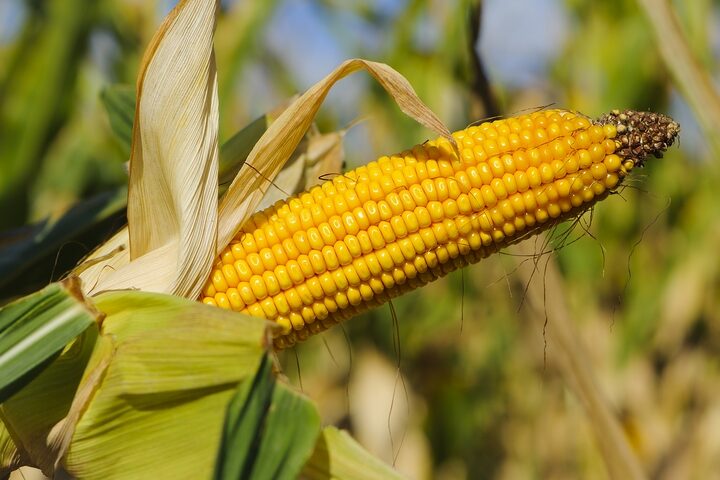
There are many different species of corn you can grow. Some are great for human consumption, while others are better for animal feed. Flour corn and dent corn are two varieties that are perfect for making cornmeal or cornflour.
If your soil is rich and you live in a sunny area, it should be easy to grow corn on your farm. If you plant your corn seeds in the spring while the soil is cool and moist, you should plant them around 1 inch deep. If the soil is warm, you should plant around 2 to 3 inches deep.
One of the best things about growing corn is that it’s really easy to clean, as you don’t need threshing and winnowing. These crops are also relatively easy to store under the proper conditions. Farmers often use grain bin moisture monitoring systems to ensure their corn harvests are stored securely.
3. Buckwheat grains
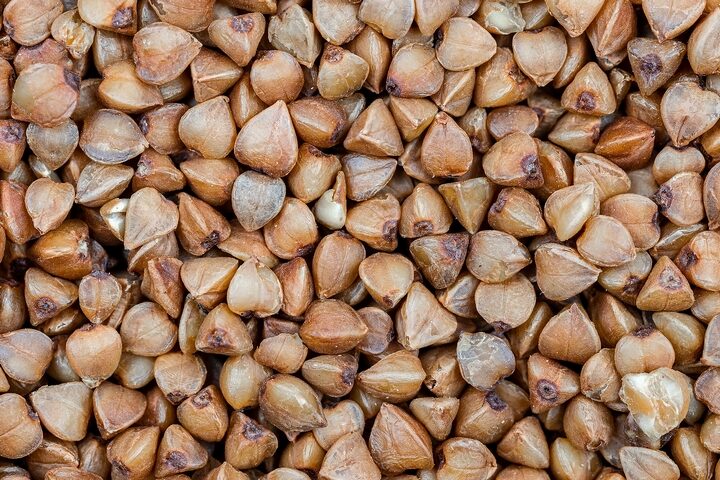
Buckwheat is considered an ancient grain, although it’s not exactly a true grain. Buckwheat flour has a nutty flavour, it’s nutritious and gluten-free, and it’s made from the seeds of a flowering buckwheat plant that is not related to wheat.
Buckwheat is easy to grow as it grows very well in too poor soils for other crops. It doesn’t like very hot temperatures, but it can be planted towards the end of the summer since it matures quickly.
The seeds only need to be lightly raked into the soil and grow after only a few days.
4. Millet grains
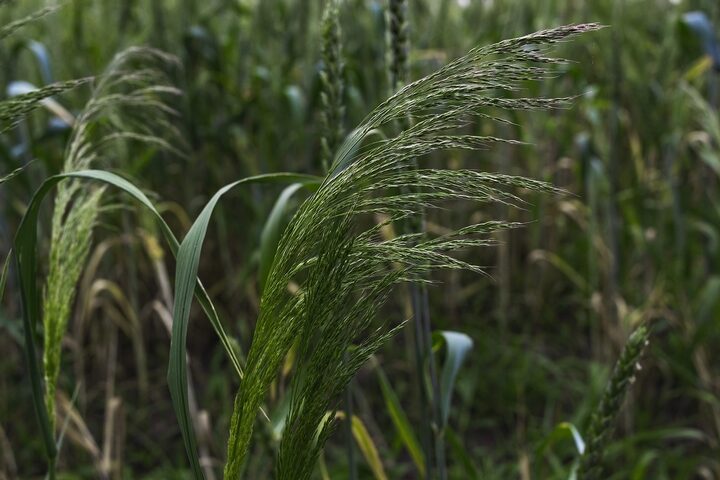
Millet is another easy grain to grow on farms. This grain prospers in poor soils, and it can mature in as little as a month. Different varieties of this grain can make great animal feed. Still, proso millet is a variety that can be turned into millet flour and used to cook different dishes and even to brew some alcoholic beverages.
Like buckwheat, millet can be planted quite late in the season, around 1 to 3 inches deep. It is generally disease-free and will resist insects and pests, making it easy to grow and maintain.
5. Oat grains
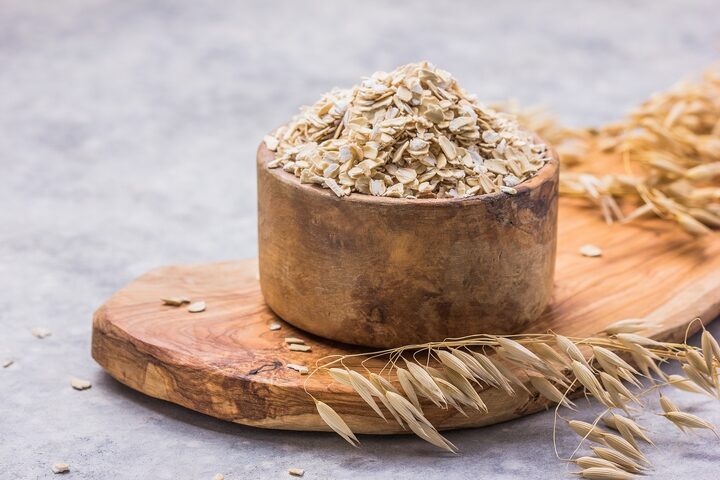
Oats are nutrient-rich grains that humans and animals can enjoy. They are easy to grow as oats are hardy and do well in cool, cloudy and rainy weather. However, it’s best to plant the seeds in a sunny location, spring, and moderately rich soil that drains well.
Many oats have a tough hull that is not edible and will most likely need to be machine-processed. However, some species, such as Avena Nuda, are called naked oats because their hull is softer and much easier to remove.
6. Spelt grains
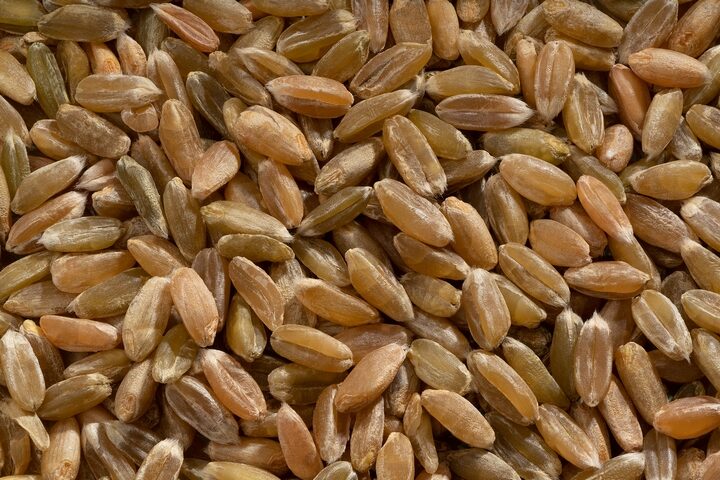
Spelt is a subspecies of wheat, and it resists well to diseases. It thrives in cool weather and grows well in poor, dry, or non-draining soils, although it should be planted in the sun.
It’s best not to plant spelt too early in the season to avoid competition from weeds. Seeds should be planted about 1 inch deep.
Spelt can be used to bake bread and other baked goods, it can be eaten as a hot cereal, and it can be used to brew alcoholic beverages. Spelt flour can be used the same way as whole wheat flour.
7. Amaranth grains
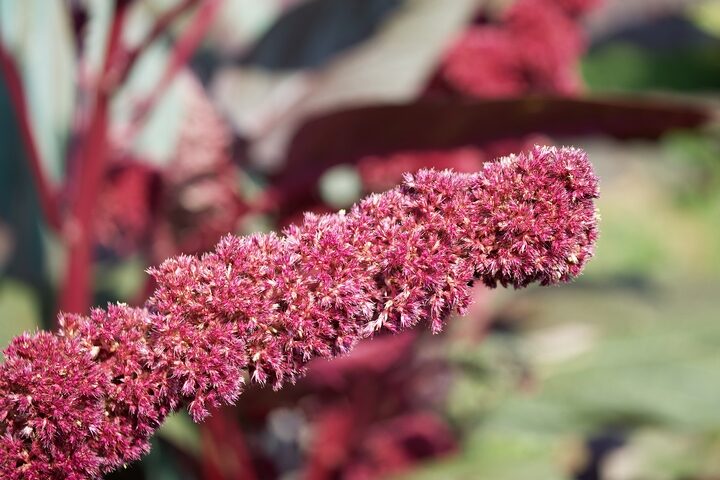
Amaranth is a tall plant that produces edible leaves and tiny, gluten-free grains rich in protein. Amaranth flour is frequently used for gluten-free baking goods.
Amaranth seeds should be planted ¼ of an inch deep early in the spring. The plant loves the sun and should be harvested towards the end of the summer, as soon as the long plumes start to release the seeds when you gently tap them.
